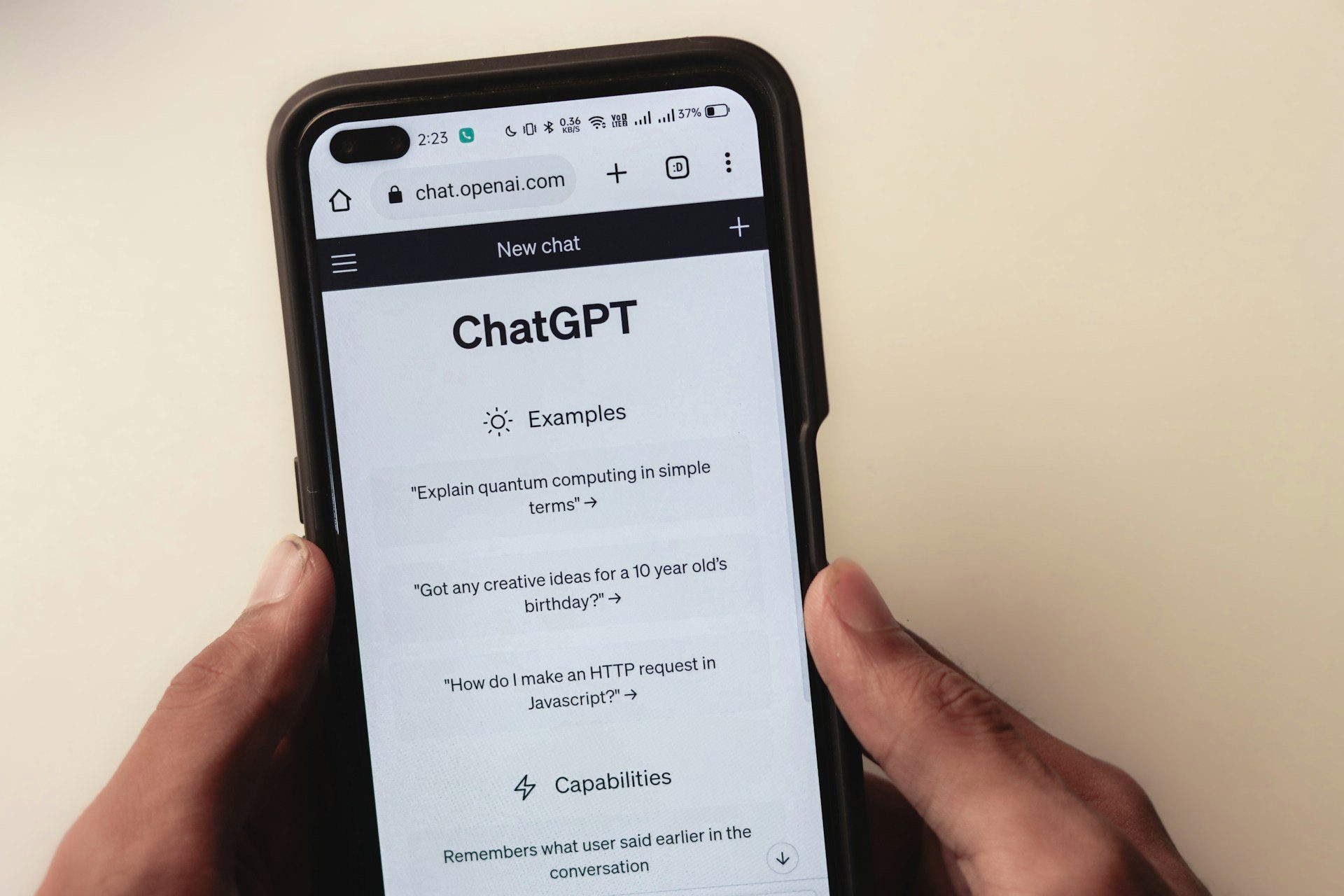It is time to talk about ATDD! So, you want to know about ATDD, or you want to brush up on this concept. No worries! In this article, we’ll cover exactly what is ATDD, and how it relates to BDD and TDD. We’ll also cover best practices and go over the full methodology in a step-by-step fashion!
In this ATDD guide
What is ATDD
ATDD is the practice of ATDD. ATDD development approach is a framework, which includes ATDD and BDD practices. ATDD stands for acceptance test driven development.
ATDD is a unique approach of software development process which helps to develop automation code by writing acceptance test scenarios first, then implementing the code in collaboration with non-technical participants. ATDD brings non-technical participants, testers and developers together in one environment to work on the same product collaboratively. ATDD tool does not intend for testing but it supports ATDD practices.
BDD vs TDD
BDD is driven by examples, contrary to ATDD which is driven by acceptance tests. TDD is focused on unit tests; however, BDD focuses on both unit tests and acceptance tests. ATDD requires a business expert to sit with developers throughout development for clarification and collaboration about what should be built.
As a developer, you may ask yourself: what exactly do ATTD and ATDD mean? ATTD stands for acceptance test-driven development. ATDD means acceptance of test-driven development and BDD together as one practice. ATDD is similar to TDD (test-driven development) but with an additional requirement of writing acceptance tests before coding begins.
Agile vs TDD
Agile includes ATDD, TDD, and BDD practices. ATTD is a subset of ATDD. You could consider ATTD as an earlier form of ATDD. In Agile, the ATTD development approach is known as ATTD and ATBD (acceptance test-driven development) in XP (Extreme Programming). ATBD involves the business experts collaborating with the developers about what to build.
In Scrum, acceptance tests are written by a group called the dev team who collaborates with a business expert representing the users/customers to discuss what should be built for a specific feature or user story. Acceptance tests are written based on high-level requirement/user stories which represent acceptance criteria. The acceptance tests specify how to determine when the acceptance criteria have been met. ATDD was defined by Dan North in 2003. ATDD is a very similar process to ATBD (Acceptance Test-Driven Development). ATBD differs from ATDD in that ATBD also specifies implementation details, whereas ATDD does not try to specify implementation details – ATDD’s goal is only to test whether or not the implementation meets requirements specification.
ATDD benefits
ATDD has many benefits. These include improved customer satisfaction; better quality; reduced costs; increased speed; and, increased productivity. ATDD’s principles are compatible with waterfall and agile methods. ATDD also encourages stronger collaboration between business users and developers by breaking down barriers, removing ambiguity, and improving communication throughout the entire project lifecycle.
ATDD requires all stakeholders to work together at every step of the development process. ATDD reduces the amount of time it takes to produce quality software. ATDD also reduces waste by reducing rework and fixing defects earlier in the development cycle. ATDD, when implemented correctly, will increase your chances of success at each stage of your project lifecycle!
ATDD benefits are that it reduces errors in production code while saving time and effort on manual testing. It also boosts developer productivity by 50%. The key to success with ATDD is that you need to start with acceptance tests first, then move towards integration tests before getting into unit testing.
Steps involved in ATDD
There are 5 steps involved in acceptance testing whether or not ATDD is used:
1) the first step is to understand the business needs
2) the second step is to write user stories
3) the third step is to prepare test cases
4) The fourth Step is Analyzing defects
5) The final step is executing test cases by the ATDD framework
What is the ATDD full form?
The ATDD full form is ATTD which is a subset of ATDD. ATTD is acceptance test-driven development ATDD is both ATTD and ATBD (Acceptance Test-Driven Development) ATBD includes ATTD, ATDD, and BDD practices. ATBD differs from ATDD in that ATBD also specifies implementation details whereas ATDD does not try to specify implementation details – the goal of ATDD process is only to test whether or not the implementation meets requirements specification.
Steps involved in acceptance testing:
1) understanding business needs;
2) writing user stories;
3) preparing test cases;
4) analyzing defects, and finally,
5) executing test cases by the framework introduced.
Tips for proper ATDD
So, knowing what is ATDD is one thing, but executing this framework and process is another. From experience, I find these tips to be super helpful:
- ATDD must be done early ATDD should not replace unit testing ATDD is a test design technique ATDD requires collaboration ATDD works best when you have good user stories ATDD collaborative sessions with developers and testers can be time-consuming, but this collaboration yields a better final product ATDD works best when the requirements are clear ATBD/ATDD needs to have good examples which help in understanding the requirement clearly.
- Another excellent tip for good acceptance testing is to use ATDD tools like Cucumber, JBehave, or Concordion. ATDD frameworks are specifically designed to organize ATDD testing scenarios and reduce the complexity of ATDD implementation.
Final thoughts on ATDD
ATDD is a test design technique that has many benefits, including improved customer satisfaction; better quality; reduced costs; increased speed and productivity. ATDD requires all stakeholders to work together at every step of the development process which reduces waste by reducing rework and fixing defects earlier in the development cycle.
ATDD also boosts developer productivity by 50%. ATTD or ATBD are subsets of ATDD with ATTD being acceptance test-driven development whereas ATBD includes both acceptance testing practices as well as BDD principles.
The key to success with an ATDD framework is starting early, not replacing unit tests, having good user stories for requirements definition, using tools like Cucumber or JBehave if available, collaborating on requirements clarification sessions before




